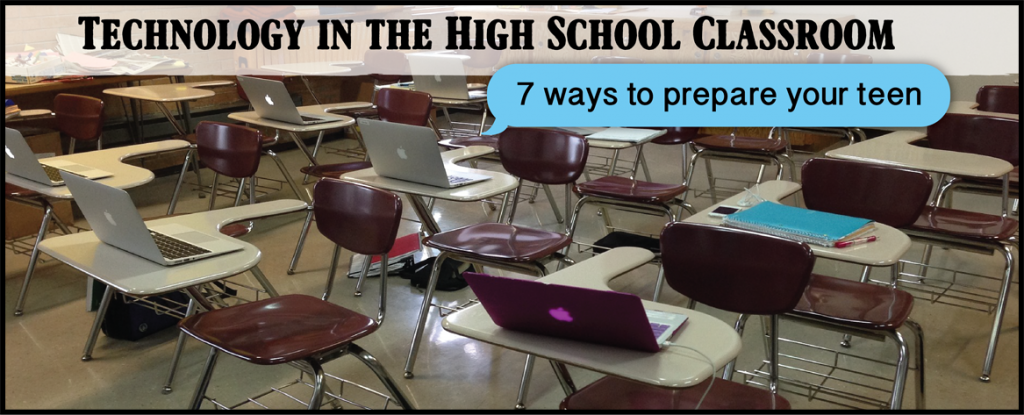At a very young age I can remember my gradeschool peers and I eagerly awaiting the chance to go up and write on the brand new Smartboards. In my senior year of high school my English teacher rolled a cart into the room with laptops for researching our essays.
Unlike you or I, your high schooler today may not remember the awful, Star Wars-esque sound of internet dial-up or waiting for the VCR tape to rewind.
Today, entire college DEGREES are offered online. The majority of college students don’t take their quizzes or exams in person. Homework is submitted, for the most part, digitally.
Chalkboards are going extinct, and as teachers move to further integrate technology into the high school classroom, it’s important that your student obtains some level of proficiency in the internet and digital citizenship.
Time to learn about technology in the high school classroom, and the 7 ways you can prepare your student!
1. Take a digital citizenship course
What is digital citizenship?
The Digital Citizenship Institute breaks it down into 9 elements.
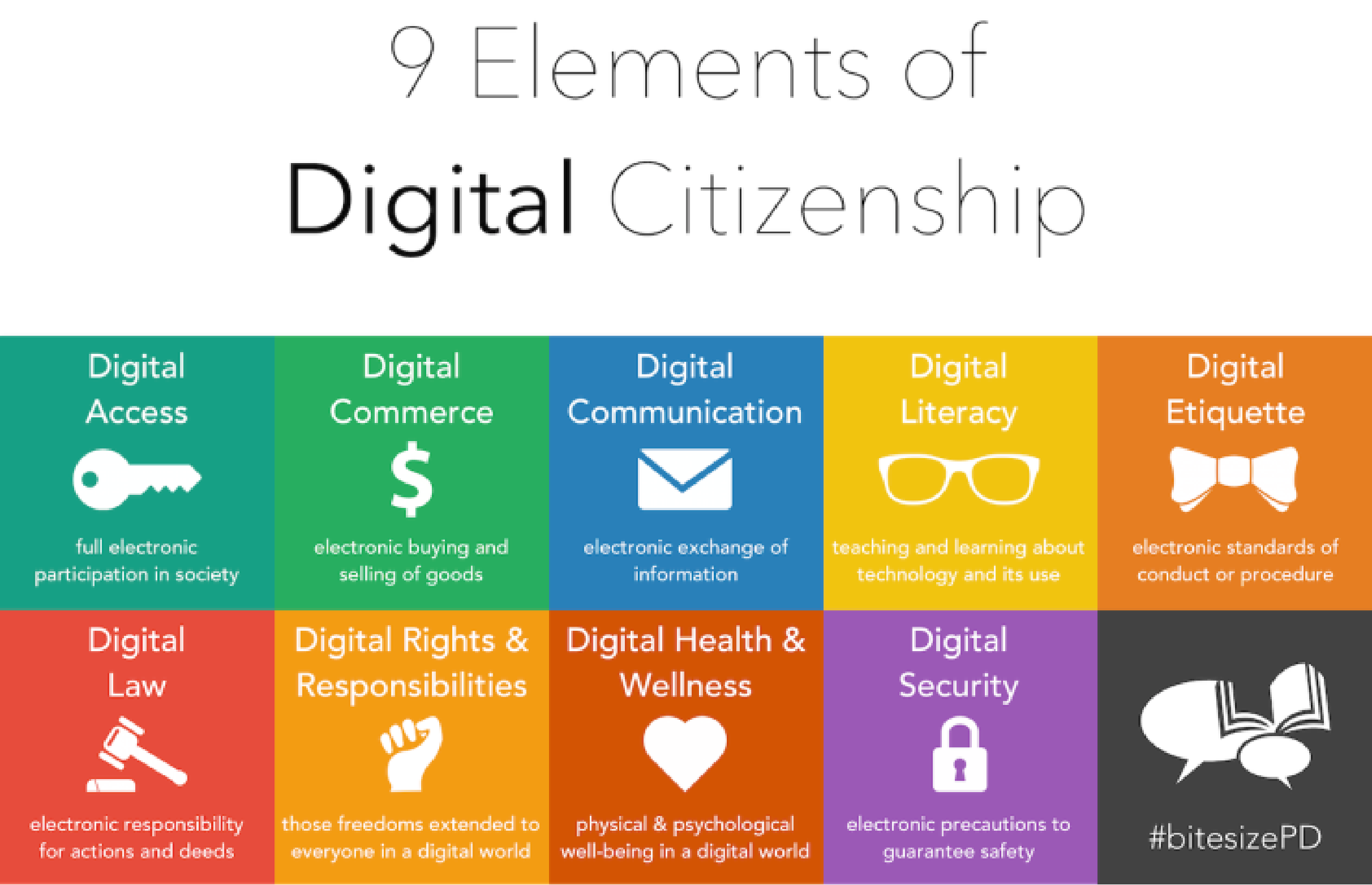
I cannot stress this enough!
College admissions officers today admit to checking student’s social media profiles. Your student’s online identity can actually affect their college admissions chances.
Teaching Digital Citizenship is a free, 1-hour program that gives you the skills needed to teach your high schooler about being a digital citizen.
2. Introduce your high schooler to helpful apps and college resources
Student-Tutor has a list of the top 10 college resources for high school students, but past college planning, your student can use several other apps and websites to stay on top of their schoolwork.
High School Apps:
| Reading & taking notes: | High school homework help: | Studying for a test: |
| Notability | 30/30 | Quizlet |
| Talkboard | Google Drive | iFormulas |
| inClass | Duolingo | Study Blue |
| MarginNote Reader Free | The Homework App | AP Flashcards |
| Audible | ||
| iBooks | ||
| Sparknotes | ||
| Kno Textbooks | ||
| Studious |
3. Be your student’s friend on social media
I know what you may be thinking…
“My student would NEVER accept my Facebook friend request…”
If your student doesn’t want you to see what they posted, they probably shouldn’t be posting it. Unfortunately, your teen may be taking their “internet privacy” for granted.
“…building a truly anonymous app is a bit of an impossible dream in an ecosystem filled with GPS coordinates, app store accounts, phone numbers, password keychains, and any other data point that could expose a user’s identity. Yet still the promises get made.”
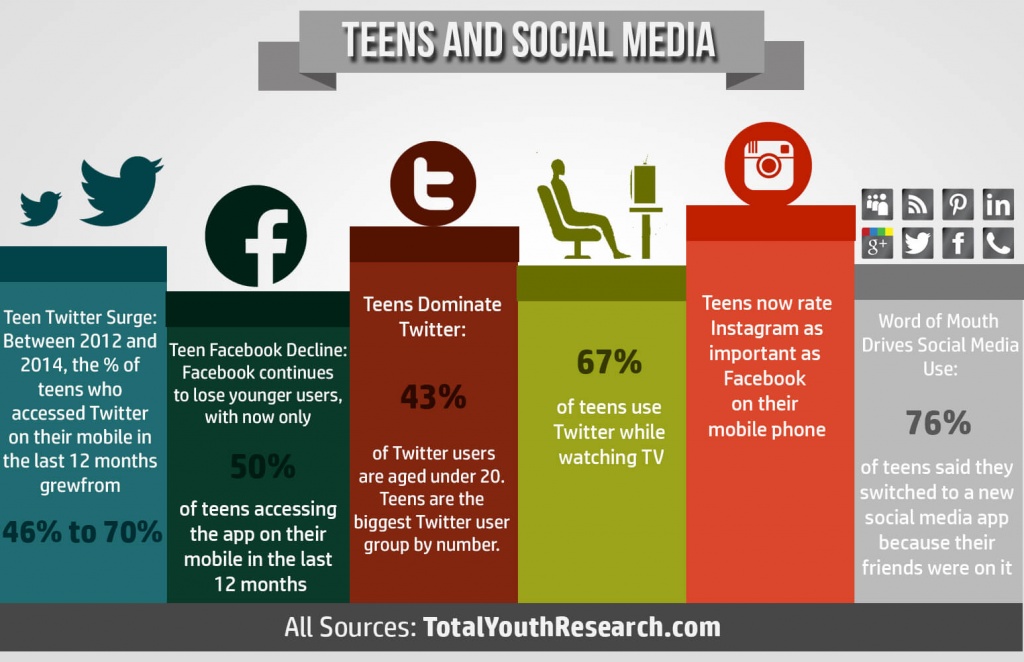
If your student isn’t letting you see their online profiles, have a conversation about WHY you want to see them.
- Ask your teen why they don’t want you to see their profile
- Explain why you want to see it
- If they still won’t let you see it, ask them to make it private and check to see that it is (this is a last resort!)
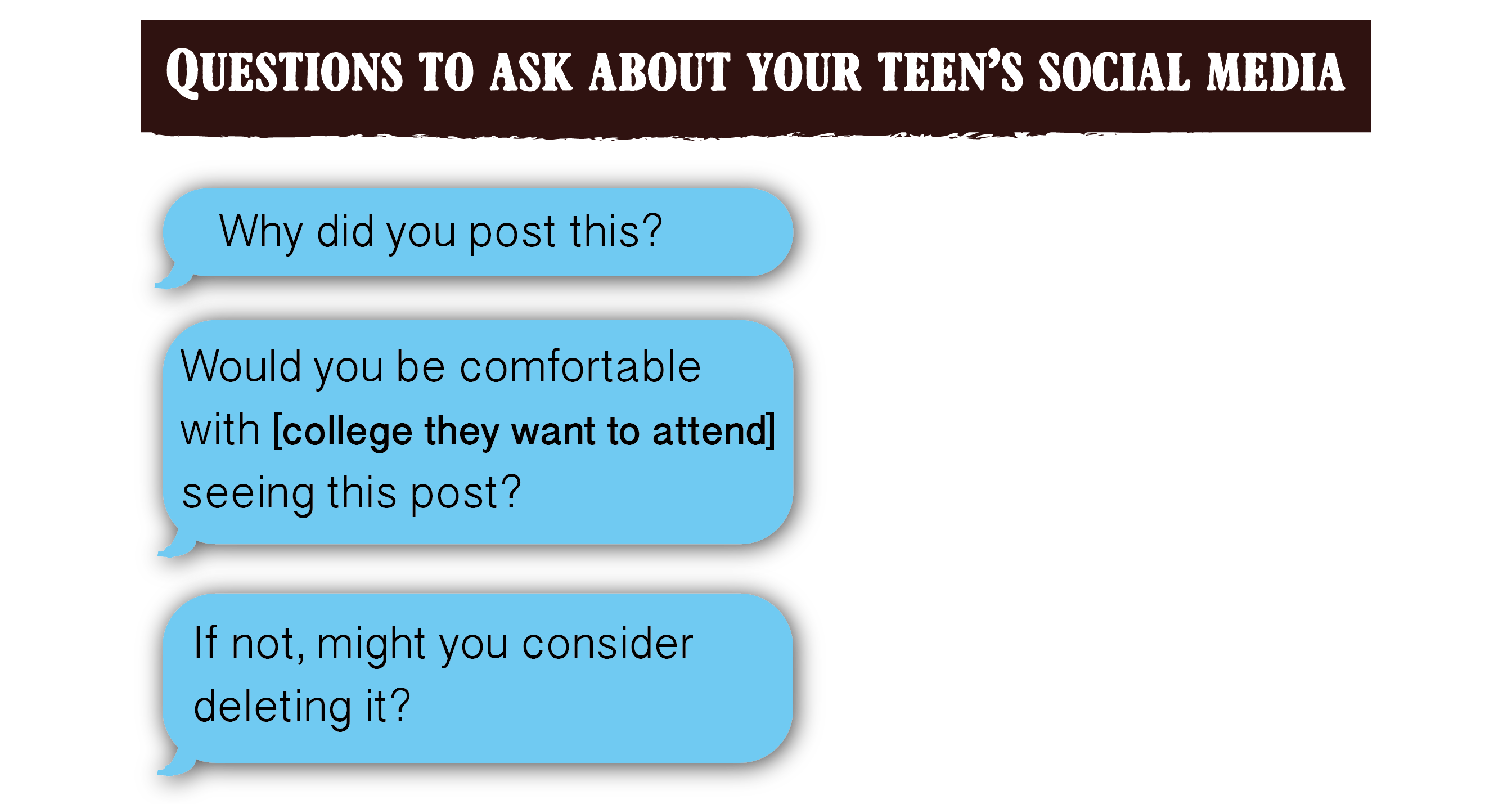
4. Educate your student on cyberbullying
Cyberbullying is a very real thing in the world today.
We define cyberbullying as: “Cyberbullying is when someone repeatedly harasses, mistreats, or makes fun of another person online or while using cell phones or other electronic devices.” Approximately 34% of the students in our sample report experiencing cyberbullying in their lifetimes.
Justin W. Patchin of Cyberbullying Research Center
What are the consequences of cyberbullying?
Victims of cyberbulling
Cyberbullying can lead to different stages of depression in teens.
Studies conducted by ASU have shown that as much as 20% of teenagers (1 out of 5 teens) will experience depression — this can directly impact their academic performance.
Teenaged depression can significantly impair a student’s ability to learn and connect with peers during a crucial period for academic achievement and social growth.
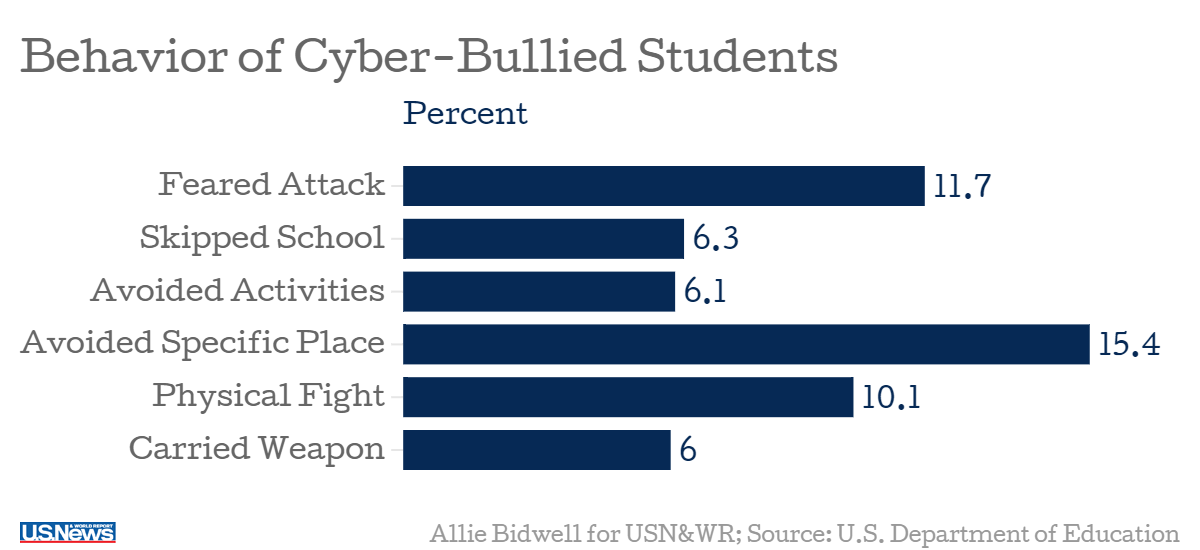
Cyberbullying offenders
If your high schooler isn’t a victim, they may be an offender. 15% of teenagers admit to cyberbullying and this comes with its own consequences.
There are a variety of different consequences of cyberbullying for the bully, including being suspended from school and being removed from sports teams and school organizations. Depending upon the acts and motives of the bully, there are legal consequences of cyberbullying and charges that may be filed against him or her.
What to do
- Explain to your high schooler what classifies as cyberbullying
- Inform your high schooler of the consequences of cyberbullying
- Talk to your student’s school about their cyberbullying policies
5. Teach your high schooler to cite their sources
While plagiarizing a paper can cause you to fail a class or be expelled from school, the world outside colleges can be even harsher, resulting in lost jobs, missed opportunities and even a criminal record.
With the internet, plagiarism is just a click away for your student… and they may not even realize they’re doing it!
Most high schools and colleges today have strict policies about plagiarism. As Kori states above, consequences can be as severe as suspension or expulsion.
Many schools require students to submit their papers to “plagiarism-checkers” like Turnitin. If your student is guilty of accidental OR purposeful plagiarism, they’re likely to be caught.

When/how should your student cite their sources?
The University Libraries at Albany University has a great article on when and how to cite your sources.
6. Consider online tutoring
Online tutoring is on the rise in today’s world, and is quickly becoming the better option for many students.
…beyond technical skills, by far a learner’s general abilities and qualities such as motivation, attitude, confidence, and independence are most highly correlated with success in online courses.

If your student is struggling in classes or showing other signs that they may need tutoring, OR they’re simply aiming to get accepted into an elite university, tutoring is one way to reinforce their subject proficiency and motivate them toward their goals.
7. Find out how your student’s high school integrates technology in the classroom
Schools are still experimenting with different forms of education technologies. There are many ways that teachers can choose to integrate technology in the high school classroom.
What to do
- Talk to your student’s high school to find out more about what they are using and how it works.
- Research these methods online
- Help inform your student on how to best use these methods to their advantage
Conclusion
So there you have it. Technology in the high school classroom is not the same for your student as it may have been for you and I, but you can still help them use it to their advantage!
To review, the 7 ways to prepare your student for technology in the high school classroom were:
- Take a digital citizenship course
- Introduce your high schooler to helpful apps and college resources
- Be your their friend on social media and take note of what they post
- Educate your student on cyberbullying
- Teach them how to cite their sources
- Consider online tutoring as an option
- Find out how your student’s high school integrates technology in the classroom
Have you or your student experienced any new forms of education technology, and what did you think? Let us know in the comments below!
Latest posts by Renae Hintze (see all)
- Technology in the High School Classroom – 7 Ways to Prepare Your Teen - December 2, 2015
- Top 10 Memorization Techniques - February 23, 2015

